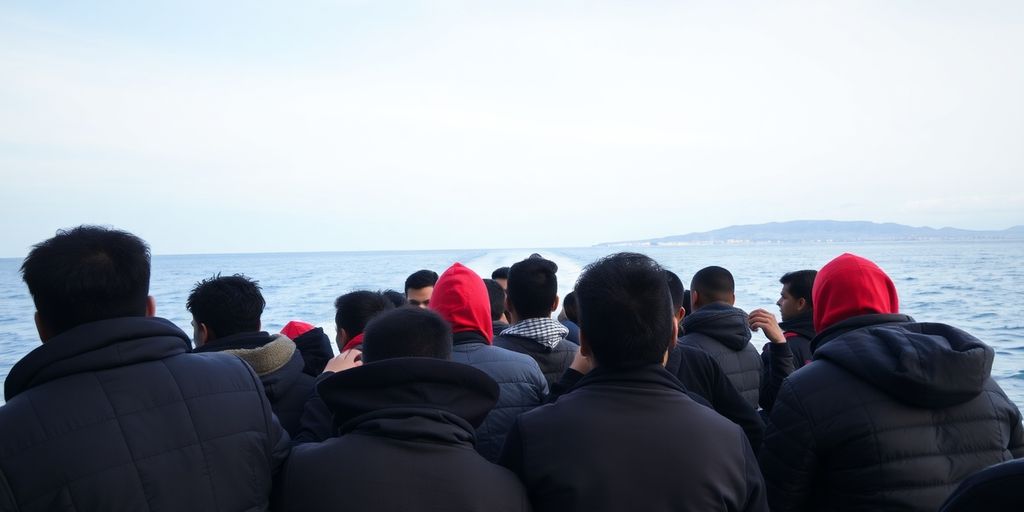Italy has resumed transferring rejected asylum seekers to Albania, a move that has sparked legal challenges and raised concerns among human rights advocates. This initiative, part of Prime Minister Giorgia Meloni’s strategy to manage migration, aims to process migrants in Albanian detention centers, but faces scrutiny from the European Court of Justice.
Key Takeaways
- Italy’s navy transferred 49 migrants to Albania for processing.
- The initiative is part of a controversial agreement with Albania to manage asylum seekers.
- Legal challenges have arisen regarding the safety of migrants’ home countries.
- The European Court of Justice is set to review Italy’s plan in February.
Background of the Transfer Initiative
In January 2025, Italy’s Interior Ministry announced the transfer of 49 migrants intercepted in international waters to detention facilities in Albania. This marks a significant step in Italy’s ongoing efforts to curb the influx of migrants arriving by sea, a policy that has been met with both support and opposition.
The agreement between Italy and Albania allows for the processing of up to 3,000 migrants per month in Albanian centers. However, the centers have remained largely empty due to legal challenges from Italian courts questioning the safety of sending migrants to Albania.
Legal Challenges and Court Rulings
The plan has faced significant legal hurdles, particularly after a ruling from the European Court of Justice, which stated that no country can be deemed safe if any part of it poses a danger to migrants. This ruling undermines Italy’s strategy of deporting migrants from designated "safe" countries, including Albania.
Italian courts previously rejected the detention of migrants in Albania, citing concerns over their safety and the adequacy of the processing facilities. As a result, the European Court of Justice is scheduled to review the legality of Italy’s plan in February 2025, which could have far-reaching implications for the country’s immigration policy.
The Current Situation
Despite the legal challenges, the Italian government is determined to proceed with its plan. The recent transfer of migrants included individuals from various countries, including Bangladesh, Egypt, and the Ivory Coast. Some migrants were able to avoid transfer by presenting their passports, indicating a complex and often precarious situation for those seeking asylum.
The Italian government has allocated significant resources, approximately 650 million euros, to operate the Albanian centers over five years. However, human rights organizations have criticized the agreement, arguing that it sets a dangerous precedent for the treatment of asylum seekers and undermines international laws regarding refugee protection.
Future Implications
As Italy continues to navigate its immigration policy, the outcome of the upcoming court ruling will be crucial. If the European Court of Justice rules against Italy’s plan, it could force the government to reconsider its approach to managing migrant arrivals and processing asylum claims.
In the meantime, the situation remains tense, with ongoing debates about the balance between national security and humanitarian obligations. The Italian government, under Meloni’s leadership, is likely to face increasing pressure from both domestic and international stakeholders as it seeks to implement its controversial migration strategy.
Sources
- Italy resumes migrant transfers to Albania detention centres, Reuters.
- Italy sends 49 more migrants to Albania for processing following earlier court rejections, AP News.
- England vs Albania: Time, how to watch, stats, team news, ESPN.
- Italy resumes migrant transfers to Albania, AP News.
- Italy Sends More Migrants to Albania After Change of Plan, Balkan Insight.






